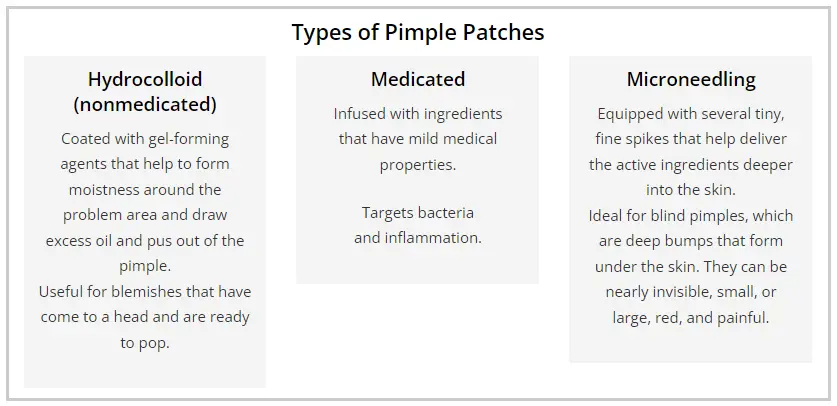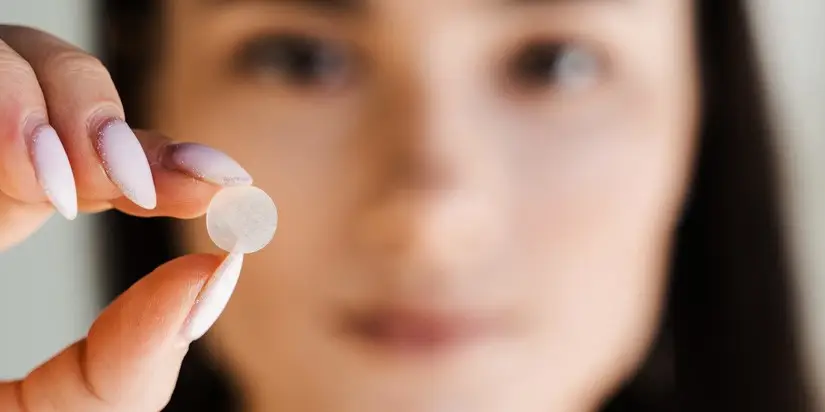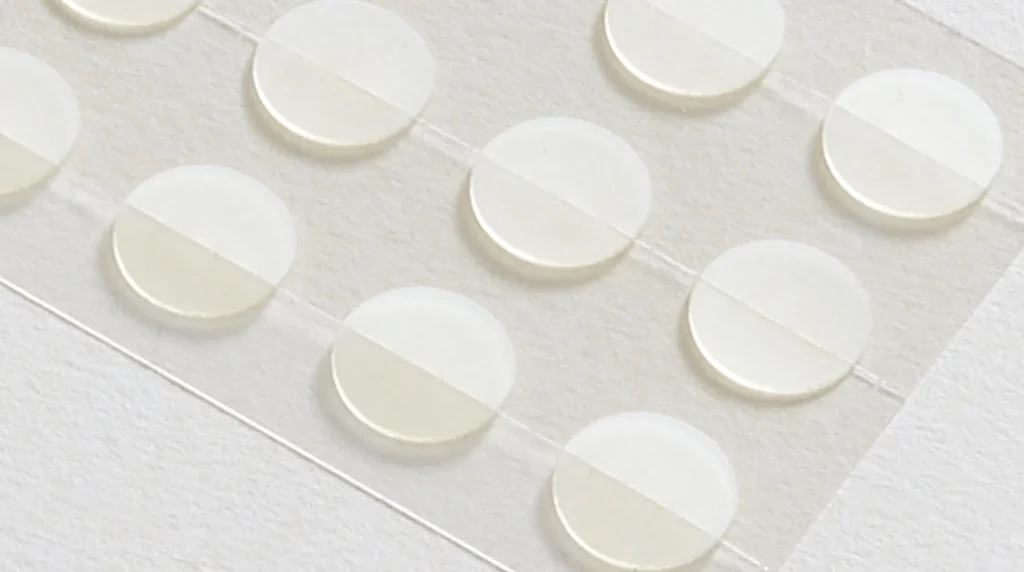Pimples are a common problem, especially for teenagers, and waking up with a noticeable red bump can feel like a disaster.
So, what can you do about these small, painful, discolored spots filled with a white or yellowish pus at the top?
Difference Between Acne and Pimples

Credit: Shutterstock
Pimples, often called zits or spots, are actually a part of acne. They appear due to hormonal changes during puberty. As hormones become active, they can overstimulate sebaceous glands at the base of hair follicles.
Grab Now: Pimple Patch – Sajdahan
These glands produce sebum, an oily substance that helps keep your skin from drying out. However, when too much sebum mixes with dead skin cells, it can clog pores, leading to inflammation. If bacteria get into the mix, it can result in an infection and pus-filled pimples.
While pimples are common in teenage years and around menstruation in women, not everyone who gets a pimple has acne-prone skin.
What are Pimple Patches?
If you get a pimple, it’s important not to pop or pick at it, as this can lead to infection or scarring. Instead, pimple patches, also called acne stickers, can help. These are adhesive patches designed to reduce breakouts.
Simply clean and moisturize your face, then apply the patch directly to the pimple before bed. The patch will absorb excess oils and fluids overnight, helping the pimple heal faster while preventing you from touching it. They’re also waterproof, so you can shower with them on.

Pimple patches are disposable, typically made from biodegradable materials, and can hold a limited amount of oil.
Each pack usually contains multiple patches, which you should replace daily for the best results. While they won’t stop new pimples from forming, they can help clear existing ones more quickly.
How Do They Work?
Pimple patches are usually made of hydrocolloid, a substance that was originally used to treat wounds. Hydrocolloid absorbs moisture, creating a protective environment for faster healing.
The patch consists of two layers: an inner layer made from water-attracting materials like gelatin or pectin, and an outer waterproof layer. The inner layer draws fluid out of the pimple, while the outer layer keeps the wound moist and prevents drying or irritation.

Credit: Lamberti
There are both non-medicated and medicated patches available. Non-medicated patches contain only hydrocolloid, while medicated ones may include active ingredients like salicylic acid, tea tree oil, or niacinamide. These ingredients can help reduce inflammation and speed up healing, but may not work for everyone.
Get yours now: Pimple Patch – Sajdahan
Common Ingredients in Pimple Patches
Different pimple patches contain various acne-fighting ingredients, such as:
1.Salicylic acid: Helps unclog pores and remove excess oil, but may irritate sensitive skin.
2.Tea tree oil: Kills bacteria and reduces redness, though it can be drying.
3.Hyaluronic acid: Hydrates the skin and prevents dryness caused by other ingredients.
4.Niacinamide: Helps improve skin texture and retains moisture.
5.Benzoyl peroxide: Kills bacteria but may irritate sensitive skin.
Types of Pimple Patches
For pimples that are raised or have visible pus, hydrocolloid patches work well by absorbing fluid and flattening the bump. However, they may not stick well to very wet pimples, and if there’s no fluid present, the patch won’t do much.

For deeper treatment, microneedle patches are an option. These patches use tiny spikes to deliver active ingredients directly into the skin, making them more effective for certain types of breakouts.
Growing Popularity
Pimple patches have become increasingly popular, especially during the pandemic due to mask-related breakouts. Their ease of use, combined with their ability to hide blemishes and prevent touching, has made them a convenient choice for many. In fact, the market for pimple patches was valued at $510 million in 2021, showing just how widely they’re used.
In conclusion, pimple patches are a convenient and effective solution for treating pimples.
While they won’t stop new breakouts, they can help reduce inflammation and speed up the healing process for existing pimples.
#Keep pimple solution in your pocket: Pimple Patch – Sajdahan



